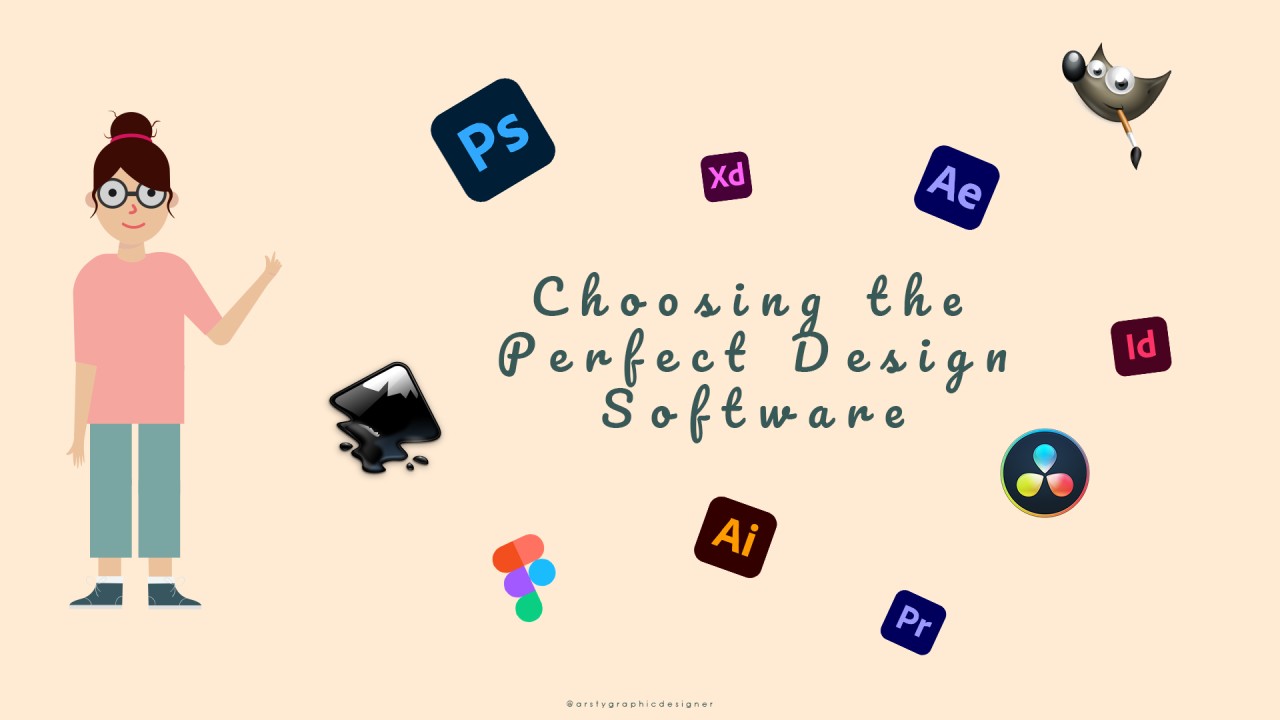Tube Rank: Your Guide to Video Success
Discover tips and insights for optimizing your video presence.
Graphic Design Software: Your Creativity's Best Friend
Unleash your creativity with the ultimate graphic design software guide! Discover essential tools that will elevate your designs today!
Top 5 Graphic Design Software for Beginners: A Comprehensive Overview
Graphic design is an essential skill in today’s digital world, and for beginners, choosing the right software can be a daunting task. Fortunately, there are several user-friendly options that cater to newcomers in the field. In this guide, we will explore the top 5 graphic design software that are perfect for those just starting their creative journey. Each of these programs offers intuitive interfaces and robust features that can help beginners unleash their creativity without overwhelming them.
- Canva: A versatile online platform that simplifies design with drag-and-drop functionality and a vast library of templates.
- Adobe Spark: This powerful tool allows users to create stunning graphics, web pages, and videos in minutes.
- GIMP: An open-source raster graphics editor that offers professional-grade capabilities for free.
- Inkscape: A free vector graphics editor that is great for beginners looking to create logos and illustrations.
- Figma: Perfect for collaborative work, Figma is a cloud-based design tool that simplifies the workflow for teams.

How to Choose the Right Graphic Design Software for Your Project
Choosing the right graphic design software for your project can significantly impact the quality and efficiency of your work. Start by identifying your specific needs: are you creating print materials, digital artwork, or web graphics? Each type of project might require different features. For instance, if you're focusing on vector graphics, software like Adobe Illustrator or CorelDRAW may be ideal. Conversely, for photo editing and manipulation, Adobe Photoshop is the industry standard. Additionally, consider the learning curve associated with each software—some programs offer simpler interfaces for beginners, while others may provide advanced functionalities that could be overwhelming.
Another crucial aspect to consider is your budget and licensing requirements. Many graphic design tools offer subscription models or one-time purchases. Evaluating your budget will help you narrow down your options. Additionally, look at software compatibility with your current hardware and operating systems. Many tools also provide trial versions, allowing you to experiment before committing. Lastly, read reviews or seek recommendations from fellow designers to gain insights into the software's performance and capabilities. By carefully assessing your needs and options, you can confidently select the perfect graphic design software for your project.
Exploring the Latest Trends in Graphic Design Software for 2023
As we delve into 2023, the landscape of graphic design software continues to evolve rapidly, showcasing a myriad of innovative tools that empower designers to enhance their workflow and creative capabilities. One of the most notable trends is the rise of AI-driven design tools, which are increasingly integrated into platforms like Adobe Creative Cloud and Canva. These advanced technologies offer features such as automated background removal, smart layout suggestions, and even the generation of unique graphics based on user input. Additionally, a focus on collaborative design is evident, with many software solutions enabling multiple users to work on projects in real-time, thereby streamlining the design process and fostering team creativity.
Another significant trend in graphic design software for 2023 is the emphasis on user-friendly interfaces. Modern designers appreciate platforms that prioritize ease of use without compromising on functionality. Software like Figma and Sketch are increasingly favored for their intuitive designs, allowing both beginners and experienced designers to navigate with minimal learning curves. Furthermore, there is a growing shift towards cloud-based solutions, which provide flexibility and the ability to access projects from anywhere. This movement not only enhances productivity but also opens opportunities for remote collaboration, an essential aspect of the evolving workplace in the digital age.